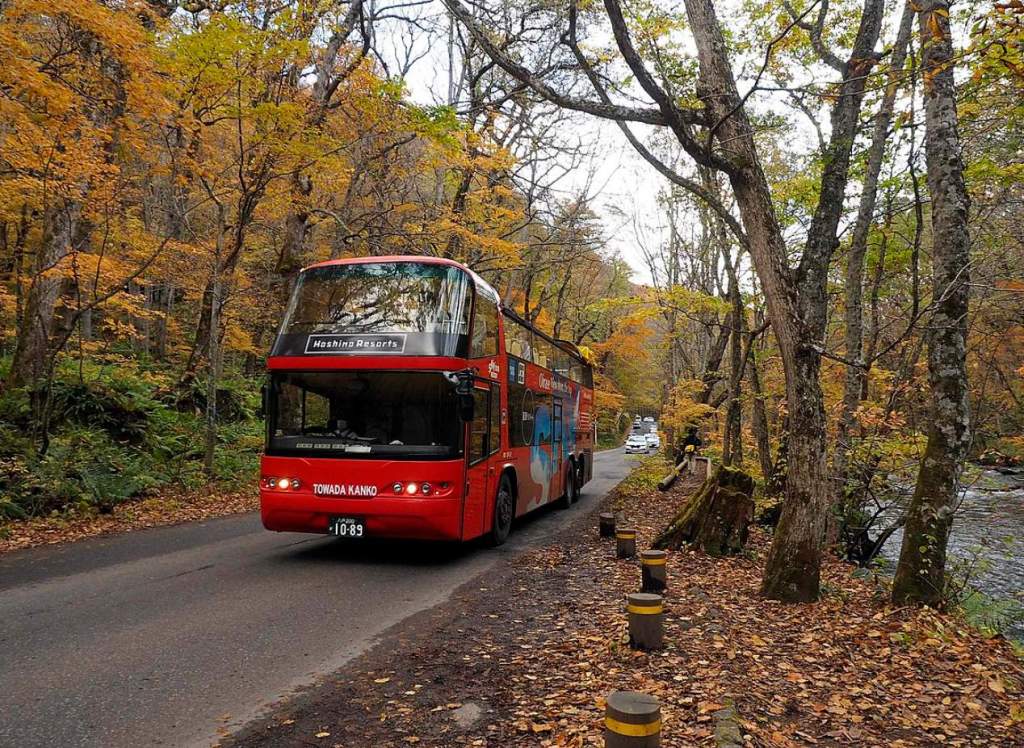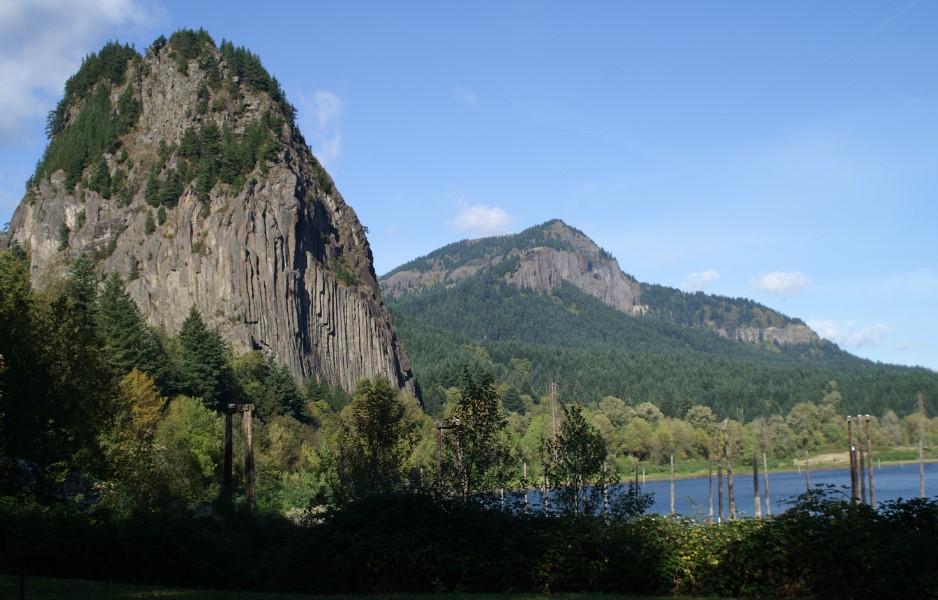In Dunhuang, China, the Singing Sand Dunes produce a drumming or singing sound when the wind blows. About six kilometers south of Dunhuang, the desert meets the oasis in a spectacular way. Kumtag Desert surrounds them, the arid landform in Northwestern China, which was proclaimed a national park in 2002.
Drifting sands from steep sand dunes look like beautiful brocades on sand dunes, dancing golden dragons, or beautiful brocades hung up with beautiful singing sounds. Traditional Chinese instruments can be heard in the singing. Due to the sound the sand makes, the mountain is named singing mountain.
In the past, the Singing Sand Dunes were known as the “Gods’ Sand Dunes”. During the Ming Dynasty, they came to be known by their current name. Sima Qian compared the sound to listening to music. It is amazing to see the green poplar trees below and the undulating desert below.
Dunhuang has the best-sounding singing sand dunes among the four of them, as do Hami and the singing sand dunes of Hami. There are five colors of sand piled up on the Singing Sand Dune (Mingsha Hill). It is a miracle of nature that the so-called singing sand does not sing on its own but makes singing sounds when people tread or slide on its surface. There are some who describe this phenomenon as an “astonishing sound of nature”. ATV riding, paragliding, camel rides, and sandboarding are some of the activities available at the site.
In the Chinese language, these singing sand dunes are called (鳴沙山) Ming Sha Shan. Despite the sweat, climbing to the top of the dunes – the highest peak swells to 1715m – is well worth the effort. Sand mountains sing because they are divine, and springs are beautiful because they are miracles.
A literal playground for tourists, the dunes offer a range of activities, including dune buggies, paragliding, micro lighting, helicopter flights, and sand sledding. The sandy spectacle can be enjoyed in peace by hiking away. It is best to take photos of the dunes either in the morning or at dusk when they are at their most photogenic. There are traditional Chinese medicinal plants growing along with the crescent lake, including medlars and Apocynum venture, which are accompanied by traditional Chinese buildings both day and night.
There are no limits to the excitement and distraction tourists get from bird’s-eye views of the beautiful sand dunes or strolls next to the clear spring. Some legends believe, that Singing Sand Dune (Mingsha Hill) relieves worries and Crescent Spring purifies minds is no surprise.











